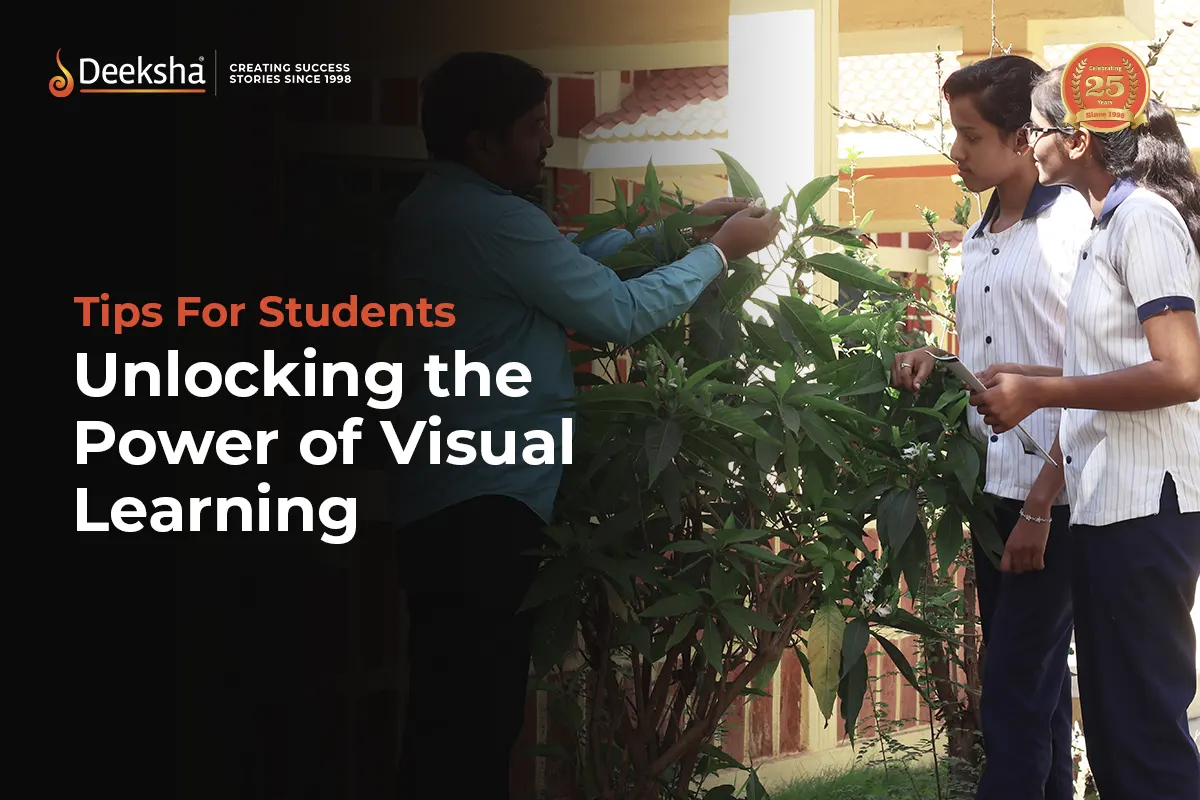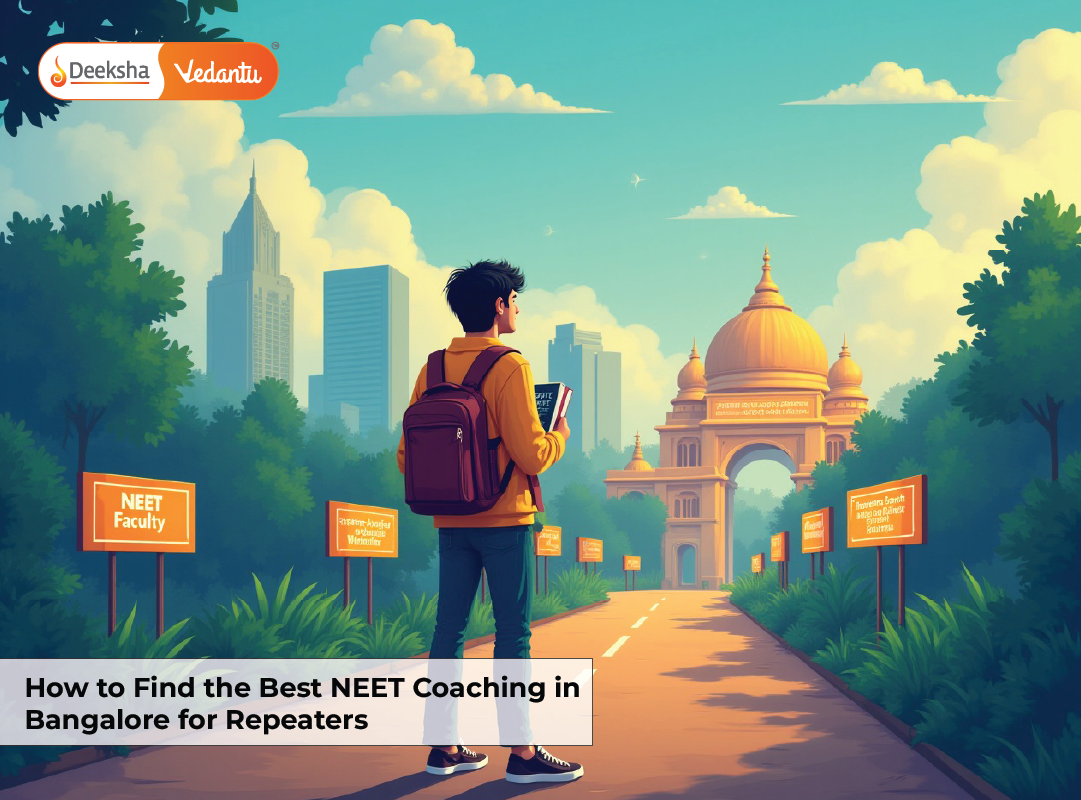In the diverse world of education, understanding individual learning styles is crucial for maximizing academic achievement. Recognizing whether a student is a visual, auditory, or kinesthetic learner can transform the educational experience, tailoring it to their unique needs. This classification, central to educational strategies, divides learners into three primary types: visual, auditory, and kinesthetic.
Visual learners thrive on seeing information. Auditory learners, in contrast, excel through listening. Kinesthetic learners are hands-on. The significance of identifying one’s preferred learning style lies in the potential for enhanced educational outcomes. It’s about aligning teaching methods with the learner’s natural predispositions, thereby improving comprehension, retention, and application of knowledge. This is the first step toward educational success. By acknowledging and adapting to various learning styles, educators and learners can work together to create more effective, personalized learning environments.
What is Visual Learning?
Visual learning is a learning style where individuals absorb and retain information best when it is presented to them in a visual format. This means they understand and remember things more effectively when they can see pictures, diagrams, charts, or any graphical representation of information. Textbook definitions describe visual learners as those who prefer to use visual objects such as graphs, charts, maps, and diagrams as opposed to auditory or verbal learning styles. These learners often think in pictures and learn best from visual displays including slideshows, videos, and books with diagrams and illustrations.
Imagine if you love reading comic books more than listening to stories, or if you find it easier to do something when you see it drawn out as a picture or shown in a video, that’s like being a visual learner. It’s like when you use your eyes to help your brain figure out puzzles or remember the way to your friend’s house by remembering the landmarks you see. Visual learning is like using your eyes to take pictures of what you need to learn and then storing those pictures in your brain to look at later when you need to remember them. So, if you love looking at pictures, watching videos to learn something new, or drawing things out to understand them better, you might be a visual learner!
Visual Learner Examples
Visual learners navigate their educational landscape with a distinct preference for visuals to understand and remember information. This learning style benefits from a variety of visual aids and examples that can be found in both academic settings and everyday life.
In the classroom, a visual learner might excel when using charts, graphs, and diagrams to grasp complex scientific concepts or historical timelines. They may prefer reading textbooks with plenty of illustrations over listening to lecture recordings. When studying, flashcards, mind maps, and annotated notes become invaluable tools, transforming abstract data into visually engaging material.
Outside the academic realm, visual learners often extend their preference for visuals into their daily activities. For instance, when following a recipe, they might prefer step-by-step video tutorials or picture guides over written instructions. If navigating to a new location, a map or visual directions on a smartphone app will be more helpful than verbal directions.
Even in hobbies, the visual learning style shines through. A visual learner may enjoy assembling models or puzzles by looking at the picture on the box or learning a new craft through video demonstrations rather than through text-based instructions.
These examples underscore the versatility of visual learning aids and how they cater to visual learners across different spheres of life. Whether it’s in academic learning, performing day-to-day tasks, or engaging in hobbies, visual learners utilize visual information as their primary conduit for understanding and interaction with the world around them.
Characteristics Of A Visual Learner
Visual learners have a distinctive approach to absorbing information, favoring sight as their primary sense for learning. These individuals excel when given the opportunity to see what they are learning through diagrams, charts, videos, and written instructions. The characteristics of visual learners include a strong preference for reading over listening, a keen eye for detail, and a tendency to visualize concepts and information in their minds. They often find it easier to understand and remember information when it’s presented in a visual format, such as through mind maps or infographics.
One of the main benefits of visual learning is its impact on retention and comprehension. Visual aids can help encode information into long-term memory more effectively, making it easier for visual learners to recall later on. This learning style also supports better organizational skills, as visual learners tend to categorize and systematize information visually. Furthermore, in a world increasingly reliant on visual communication, this learning style aligns well with contemporary modes of information exchange, from online educational resources to digital presentations.
When compared to auditory and kinesthetic learners, visual learners might find traditional lecture-based teaching methods less engaging and might struggle with purely verbal instructions or explanations. While auditory learners benefit from listening to information and kinesthetic learners from hands-on experiences, visual learners need to see what they are learning to fully grasp the content. This does not necessarily mean that visual learners are at a disadvantage; rather, they require a different approach to learning that capitalizes on visual stimuli.
The recognition of visual learning as a valid and effective style underscores the importance of diversity in educational methods. Catering to visual learners by incorporating more visual materials into the curriculum can lead to improved academic outcomes and a more inclusive learning environment. By understanding and leveraging the characteristics and benefits of visual learning, educators can create strategies that enhance comprehension and retention for visual learners, ensuring that all students have the opportunity to succeed.
How To Know If You Are A Visual Learner?
Identifying your personal learning style is a journey that can significantly enhance your educational experience and performance. Understanding whether you’re a visual, auditory, or kinesthetic learner can help tailor your study habits and techniques to fit your natural preferences, leading to more effective learning and retention of information. Here’s a quick guide to discovering your learning style and why it’s important.
The Importance of Knowing Your Learning Style
Recognizing your learning style is not just an academic exercise; it’s a strategy for academic success and personal growth. When you understand your learning preferences, you can choose study methods that align with your natural tendencies, making learning more efficient and enjoyable. For example, if you discover you’re a visual learner, incorporating more charts, diagrams, and visual aids into your study routine can boost your comprehension and memory retention. Similarly, auditory learners might benefit from listening to lectures or discussing new concepts with peers. Knowing your learning style enables you to advocate for your needs in a classroom setting and beyond, ensuring you get the most out of your educational opportunities.
Identifying Your Learning Style
To pinpoint your learning style, consider how you prefer to receive and process information. Do you find it easier to remember information presented in pictures or spoken words? Do you prefer hands-on activities? Reflecting on these questions can provide initial clues to your learning preferences.
Utilizing Learning Style Quizzes
For a more formal assessment, numerous online resources offer quizzes designed to identify your learning style. Websites on the internet feature comprehensive quizzes that ask about your study habits, preferences, and tendencies. These quizzes analyze your responses to categorize your learning style into one of the primary types: visual, auditory, or kinesthetic.
These online tests are invaluable tools for students and educators alike, providing insights into the most effective ways to absorb and retain new information. The results can guide you in customizing your learning experiences and study strategies, enhancing your overall academic performance.
Understanding your learning style is a crucial step towards optimizing your study habits and educational outcomes. By taking the time to identify whether you are a visual, auditory, or kinesthetic learner through quizzes and self-reflection, you can unlock a more personalized and effective approach to learning. Embracing your unique learning style not only improves your academic performance but also increases your engagement and enjoyment of the learning process. With the right resources and a willingness to adapt, you can tailor your educational journey to suit your individual needs, leading to a more fulfilling and successful academic career.
Visual Learning Style
The visual learning style leverages various aids and techniques to enhance the educational experience, making learning more impactful and engaging. By incorporating visual learning aids and a curriculum designed with visual learners in mind, educators can significantly boost comprehension and retention rates. One effective strategy is color coding, where different colors are assigned to categories of information, making it easier for learners to distinguish and remember them. This method not only organizes information but also adds a visual layer of differentiation, aiding in quicker recall and understanding.
Visual organization is another key aspect. Arranging information in formats like charts, graphs, and mind maps can help visual learners process and retain information more effectively. These visual assets transform abstract concepts into tangible visuals, facilitating a deeper understanding.
Moreover, the adaptation of learning materials to suit visual preferences plays a crucial role in catering to this learning style. Adjusting fonts and colors in online reading materials or external documents can significantly enhance readability and concentration. For instance, certain font types and sizes are easier on the eyes, while contrasting colors can help highlight key information, making these materials more accessible and less strenuous to consume.
Visual learning curriculum and aids, such as interactive videos, simulations, and infographics, are instrumental in engaging visual learners. By integrating visual elements like color coding and organizing content visually, educators can create a more inclusive and effective learning environment that caters to the needs of visual learners, making complex concepts more digestible and enhancing the overall learning experience.
Top Benefits Of Visual Learning
Visual learning, characterized by the use of images, videos, diagrams, and other visual aids, offers numerous benefits that enhance educational outcomes. Firstly, it significantly improves reading comprehension, as visual cues help learners to better understand and interpret text. This approach also drives motivation by making learning materials more interesting and engaging, which in turn boosts memory and retention. Visual aids simplify complex information, making it more accessible and easier to grasp.
Increased engagement is another hallmark of visual learning; when students find the materials engaging, they are more likely to participate actively in the learning process. This method transforms learning into a fun activity, stimulating positive emotions that further enhance motivation and retention. The use of visual aids in learning also fosters better communication skills, as students learn to convey their ideas more effectively through visual means.
Visual learning tools offer superior organization, helping students to structure information more logically and efficiently. This organization of information not only aids in learning by doing but also makes the entire learning process more cost-effective, reducing the need for expensive textbooks and supplementary materials. Furthermore, visual learning has been shown to significantly increase student achievement, providing learners with the tools they need to excel academically.
In essence, the benefits of visual learning span from improved comprehension and retention to enhanced engagement and achievement. By making learning more accessible and fun, visual learning opens up new pathways to success for students of all ages.
What Are The Disadvantages Of Visual Learning?
While visual learning has many benefits, there are also some challenges and disadvantages that visual learners may face:
- Easily Distracted by Visuals: Visual learners can get easily sidetracked by irrelevant visuals or excessive graphical information.
- Dependence on Visual Aids: A heavy reliance on visual materials may hinder adaptability when such resources are not available.
- Difficulty with Abstract Concepts: Subjects that are less visually oriented, such as philosophy or advanced mathematics, can pose significant challenges.
- Struggles with Verbal Instructions: Visual learners might find it hard to follow purely verbal directions or lectures without accompanying visuals.
- Limited Access to Visual Aids: Not all educational materials come with the necessary visual aids, making some topics harder to grasp.
- Overwhelm from Too Much Information: Complex diagrams or charts can sometimes overwhelm rather than aid understanding.
- Challenges in Traditional Assessment: Standardized tests often do not cater to visual learning preferences, potentially disadvantaging these learners.
- Difficulty in Expressing Ideas Verbally: Visual learners may struggle to articulate their understanding without the help of visuals.
- Inefficiency in Note-Taking: The process of creating visually rich notes can be time-consuming and may not always be practical.
- Challenges with Text-Heavy Subjects: Subjects that require heavy reading, such as literature, might be less engaging for visual learners.
- Limited Effectiveness in Group Discussions: Without visual aids, visual learners might find it hard to engage in or follow group discussions effectively.
- Struggle with Linear Thinking: Visual learners often think in images rather than in a linear, step-by-step manner, which can complicate understanding sequential processes.
- Issues with Detail Overload: The attempt to visualize every piece of information can lead to an overload of details, making it difficult to distinguish key points.
- Misinterpretation of Visuals: There’s a risk of misinterpreting information when it is not accurately represented visually.
- Challenges in Higher Education and Research: Advanced studies, including research papers and theoretical subjects, may offer fewer visual learning opportunities, making these areas particularly challenging.
- Difficulty with Language-Based Learning: Learning languages, with their emphasis on grammar and verbal practice, may be less intuitive for visual learners.
- Adaptation to Professional Environments: Workplace settings may not always accommodate visual learning preferences, requiring adjustments by the learner.
- Cost and Accessibility of Visual Aids: Creating or accessing high-quality visual aids can be expensive and not always feasible.
- Technology Dependence: A heavy reliance on technology for visual aids can be problematic if tech resources are limited.
- Spatial Limitations: Some learners may have difficulty understanding spatial or geometric concepts, even with visual aids.
These challenges highlight the need for a balanced educational approach that incorporates multiple learning styles, ensuring that visual learners have the strategies and support needed to tackle subjects and scenarios where visual aids are less applicable or effective.
Frequently Asked Questions For Visual Learning
What is considered a visual learner?
- A visual learner is someone who understands and retains information better when it is presented in a visual form such as diagrams, charts, and graphs.
What are visual learning skills?
- Visual learning skills include interpreting and creating visual aids, recognizing patterns, and understanding information through visual representation.
What are the 4 types of learners?
- The four types of learners are visual, auditory, reading/writing, and kinesthetic.
What are the strengths of a visual learner?
- The strengths of a visual learner include strong spatial awareness, quick visual recall, and the ability to visualize concepts and outcomes.
What are the 3 main learning styles?
- The three main learning styles are visual, auditory, and kinesthetic.
How do you teach visual learners?
- Teach visual learners by incorporating diagrams, videos, infographics, and color-coding in the learning materials.
Why I am a visual learner?
- Being a visual learner may be attributed to a more active right hemisphere of the brain, responsible for spatial and visual processing. However, modern neuroscience views the left-brain/right-brain dominance theory as oversimplified, emphasizing integrated brain function.
How do I know if I am a visual learner?
- You’re likely a visual learner if you prefer reading over listening, enjoy visual arts, and tend to think in pictures.
What is another name for a visual learner?
- Another name for a visual learner is a spatial learner.
What are the 2 most common learning styles?
- The two most common learning styles are visual and auditory.
What does VAK stand for?
- VAK stands for Visual, Auditory, and Kinesthetic learning styles.
What is a key characteristic of visual learners?
- A key characteristic of visual learners is their preference for seeing information through charts, graphs, and visual presentations.
What do visual learners use?
- Visual learners use visual aids like maps, charts, diagrams, and videos to grasp information.
What are the tools of visual learning?
- Tools of visual learning include infographics, mind maps, flashcards, and visual software aids.
Are humans visual learners?
- Humans are highly visual beings, with many showing a strong preference for visual learning, though individual learning styles can vary.
Deeksha’s Role in Aiding Visual Learners
Deeksha’s educational approach is finely tuned to cater to the needs of visual learners, incorporating visual aids into the curriculum, notes, and classroom teaching to enhance comprehension and retention. By integrating diagrams, charts, and visual presentations into lessons, Deeksha ensures that complex subjects become more accessible and engaging for students who thrive on visual information. This method is particularly beneficial in subjects where visual representation can significantly aid understanding, such as biology’s intricate processes or the abstract concepts in mathematics.
In addition to traditional classroom resources, Deeksha effectively utilizes labs to bring complex information to life. For instance, a physics topic is not just taught through textbooks but is demonstrated through practical experiments, allowing students to see the principles in action. This hands-on visual approach helps demystify challenging subjects, making them more approachable and understandable.
For students preparing for PU and competitive exams like JEE, NEET, and KCET, Deeksha’s focus on visual learning is invaluable. Visual aids help in breaking down and simplifying the vast syllabi of these exams into manageable and memorable segments. By aligning with the natural learning style of visual learners, Deeksha enhances the overall learning experience, fostering a deeper understanding and improving the ability to recall complex information during exams. This tailored approach not only aids in academic success but also instills confidence in students, equipping them with the skills necessary to excel in their educational and professional pursuits.
Final Thoughts
As we conclude, unlocking the power of visual learning opens a world where complex concepts become clear, and retention transforms education into an engaging, enjoyable journey. For students and parents navigating the challenges of academic success, visual learning is not just a method but a pathway to deeper understanding and lasting knowledge. Deeksha is a preferred choice for this educational revolution, offering a curriculum designed to harness the strengths of visual learners. By choosing Deeksha for their Pre University and competitive exam coaching, students gain access to an environment where visual aids, practical labs, and tailored teaching methods converge to elevate the learning experience.
Embark on a journey where visual learning unlocks your full potential. Join Deeksha today and experience an education that not only prepares you for exams but also for a lifetime of learning.
Table of Contents















Get Social